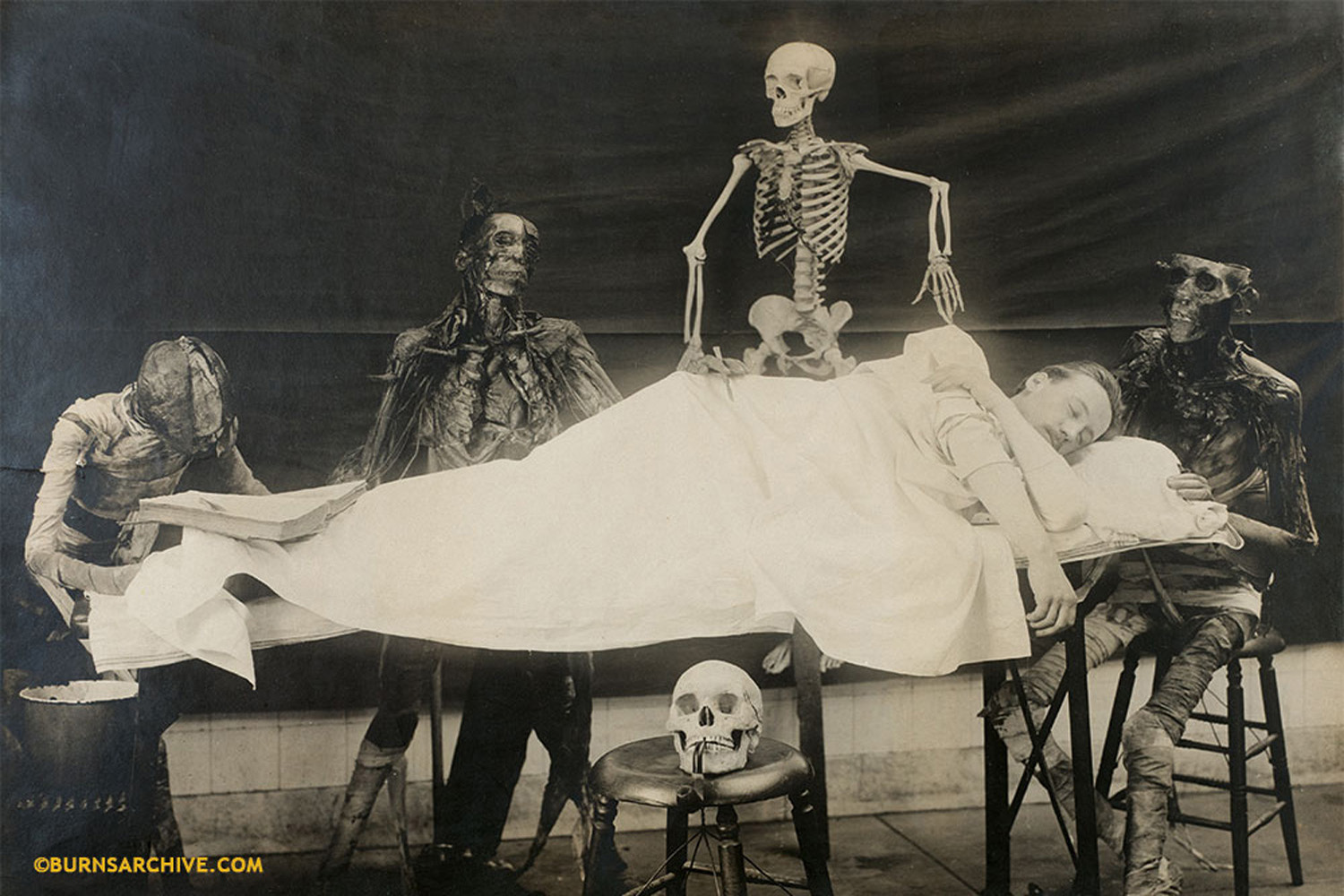
In the 19th Century, posing with and taking photographs of dead loved ones was a common occurrence, allowing people to have a keepsake of their departed family members. Today, this cultural phenomenon has all but disappeared. “During the early 20th Century, death was removed from everyday life and dead bodies were removed from personal photographs,” says Stanley B. Burns MD, an ophthalmologist, collector, historian and founder of The Burns Archive.
Over the last 40 years, Burns, aided by his daughter Elizabeth, has gathered more than a million images of the darker side of life: disease, war, disaster, crime, racism, revolution and, yes, death, creating the world’s largest private collection of such photographs.
In a new photo book, Stiffs, Skulls & Skeletons: Medical Photography and Symbolism, due to be released in January 2015, the Burns have brought together 450 photographs that reveal the 19th Century’s fascination with body parts and the skeleton. “[The book] is the first comprehensive visual analysis of the use of skeletons, bodies and body parts,” says Burns. “The skull is the most significant and time-honored prop for self-validation in a profession. The physician, the actor, the scientist, the explorer, the holy man, and the warrior all pose with skulls to convey accomplishment and status. In these images, the attitude of those posing with body parts changes over time, as each generation acquired new knowledge and approached the sanctity of the body with new cultural considerations.”
The final selection of images goes beyond the classic visual iconography of postmortem, dissection and bone photography, it also includes early autopsy images and X-ray studies. These photographs, says Burns, provide clear evidence of how our society has changed. “Many cultural phenomena disappear from collective memory, as changing cultural taboos dictate the past be hidden.” But, they are also “beautiful examples of the art of photography and its ability to portray unpleasant subject matter artistically.”
Stiffs, Skulls & Skeletons: Medical Photography and Symbolism will be published in January 2015.
Paul Moakley is TIME’s Deputy Director of Photography and Visual Enterprise.
Olivier Laurent is the editor of TIME LightBox. Follow him on Twitter and Instagram @olivierclaurent


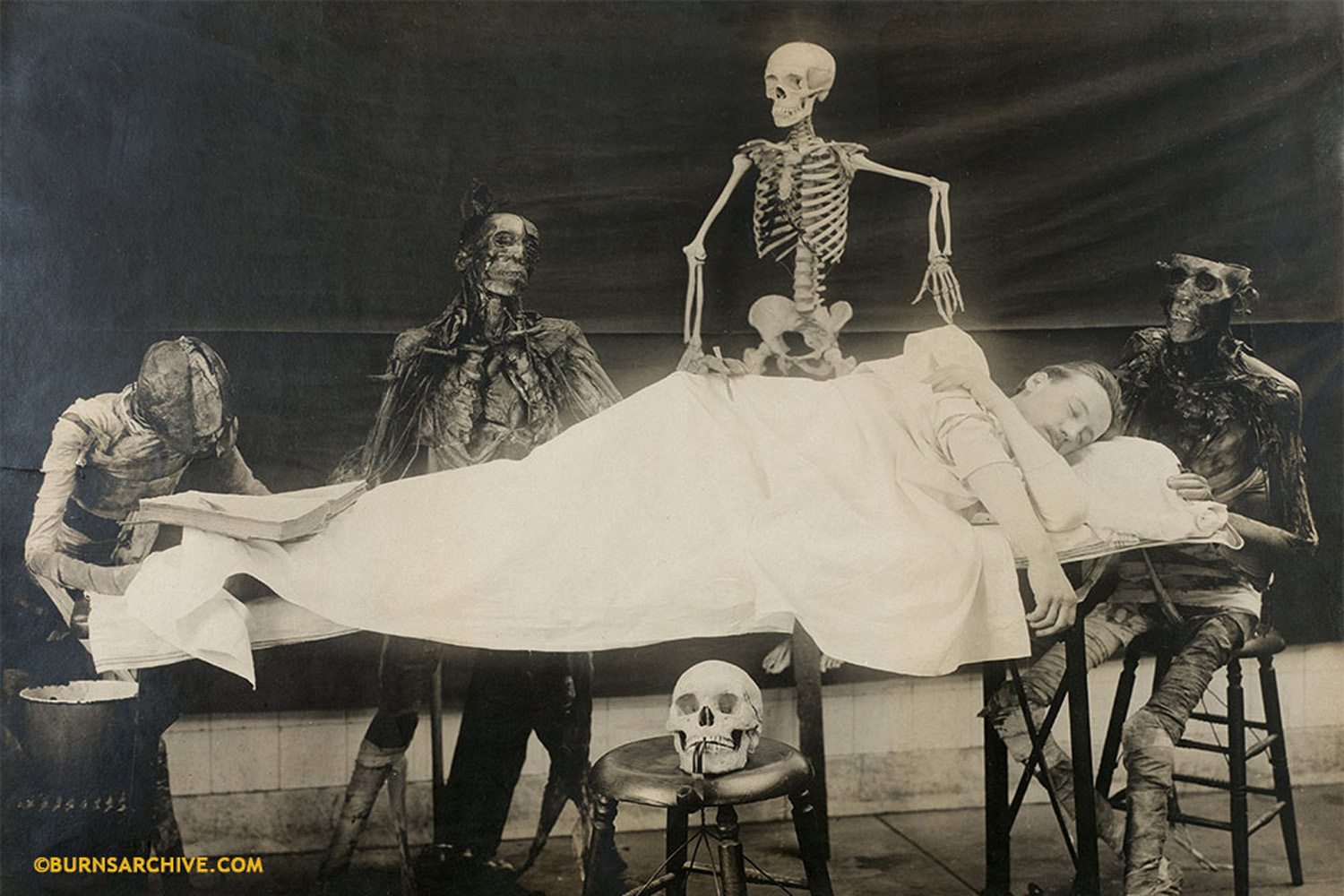
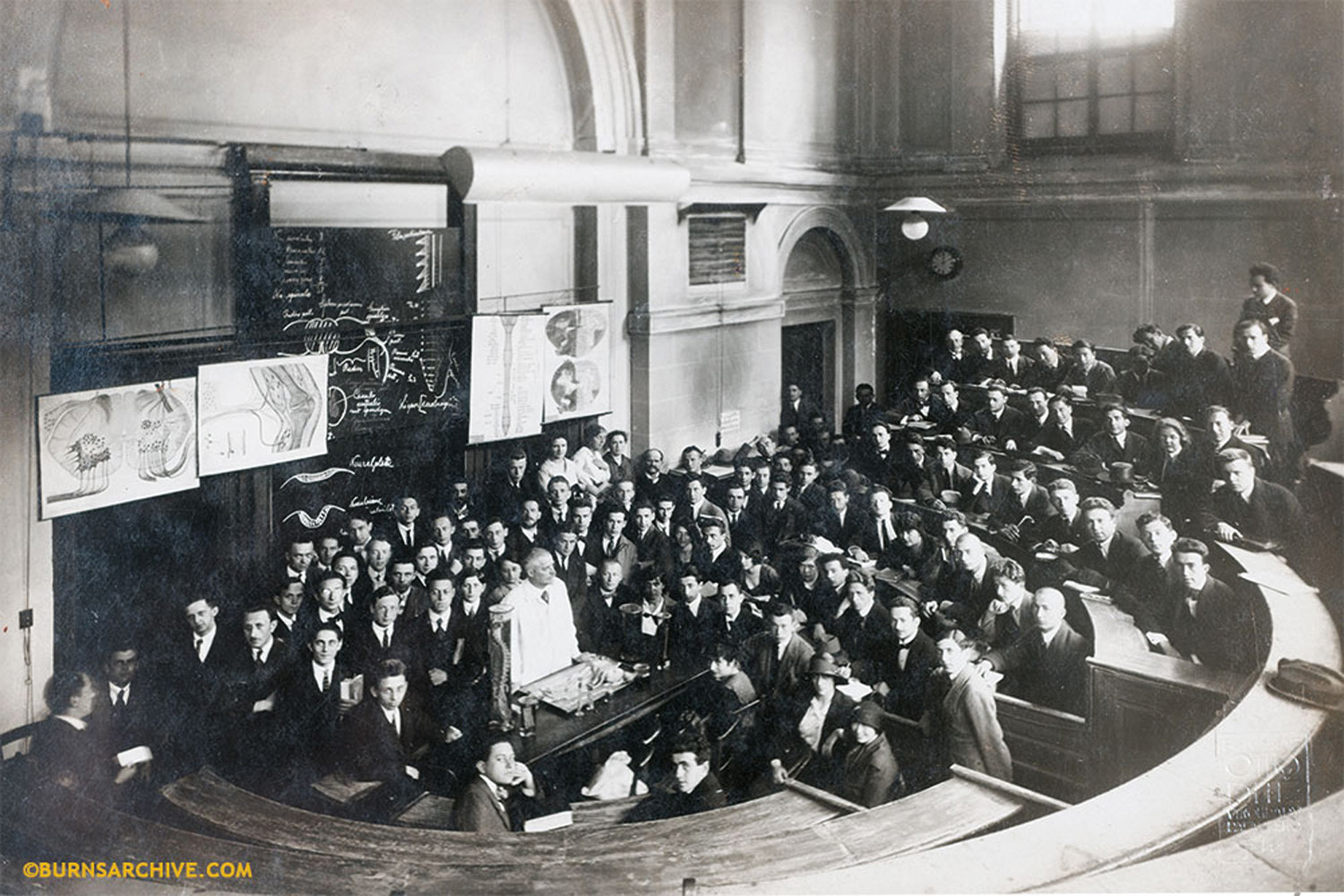
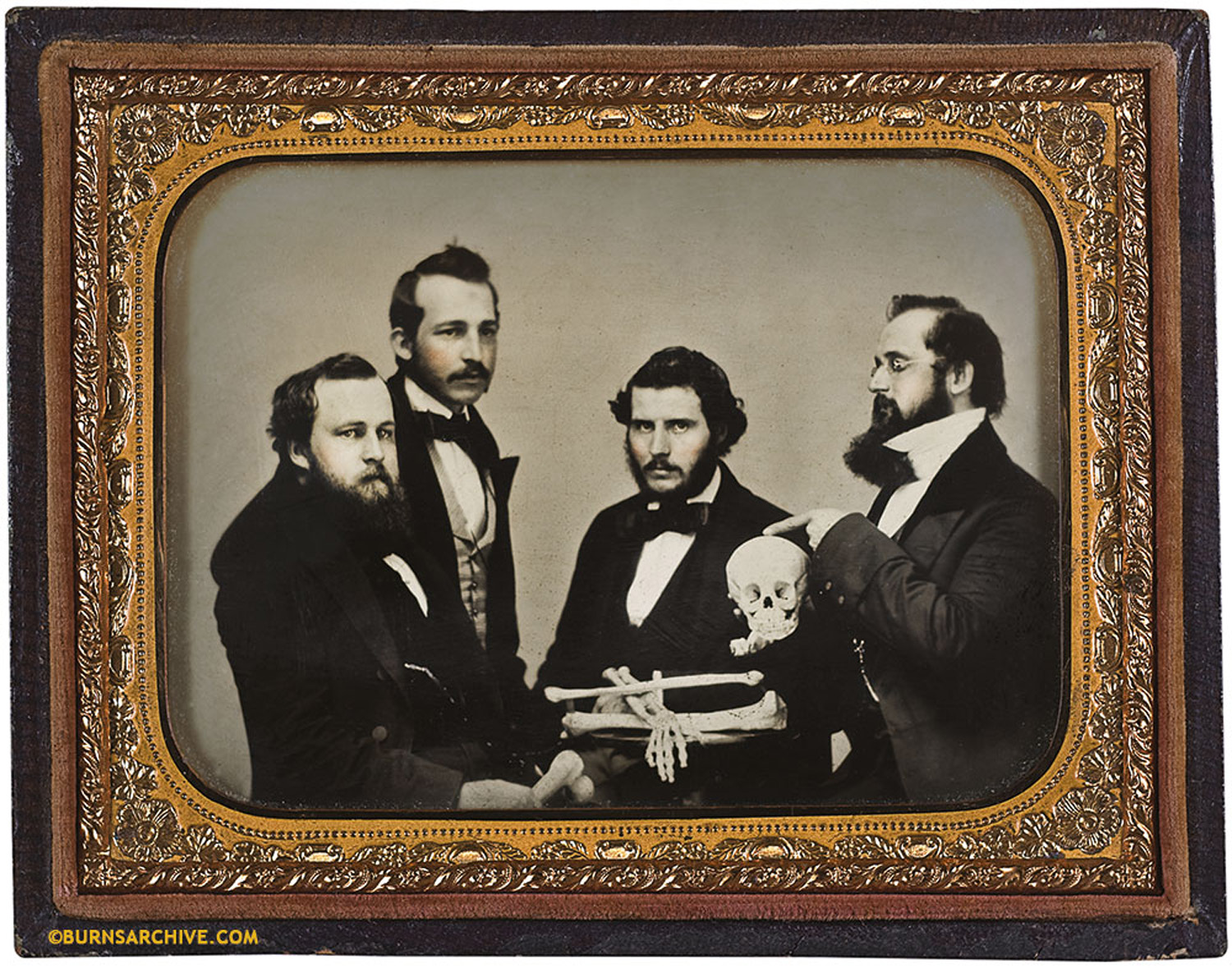

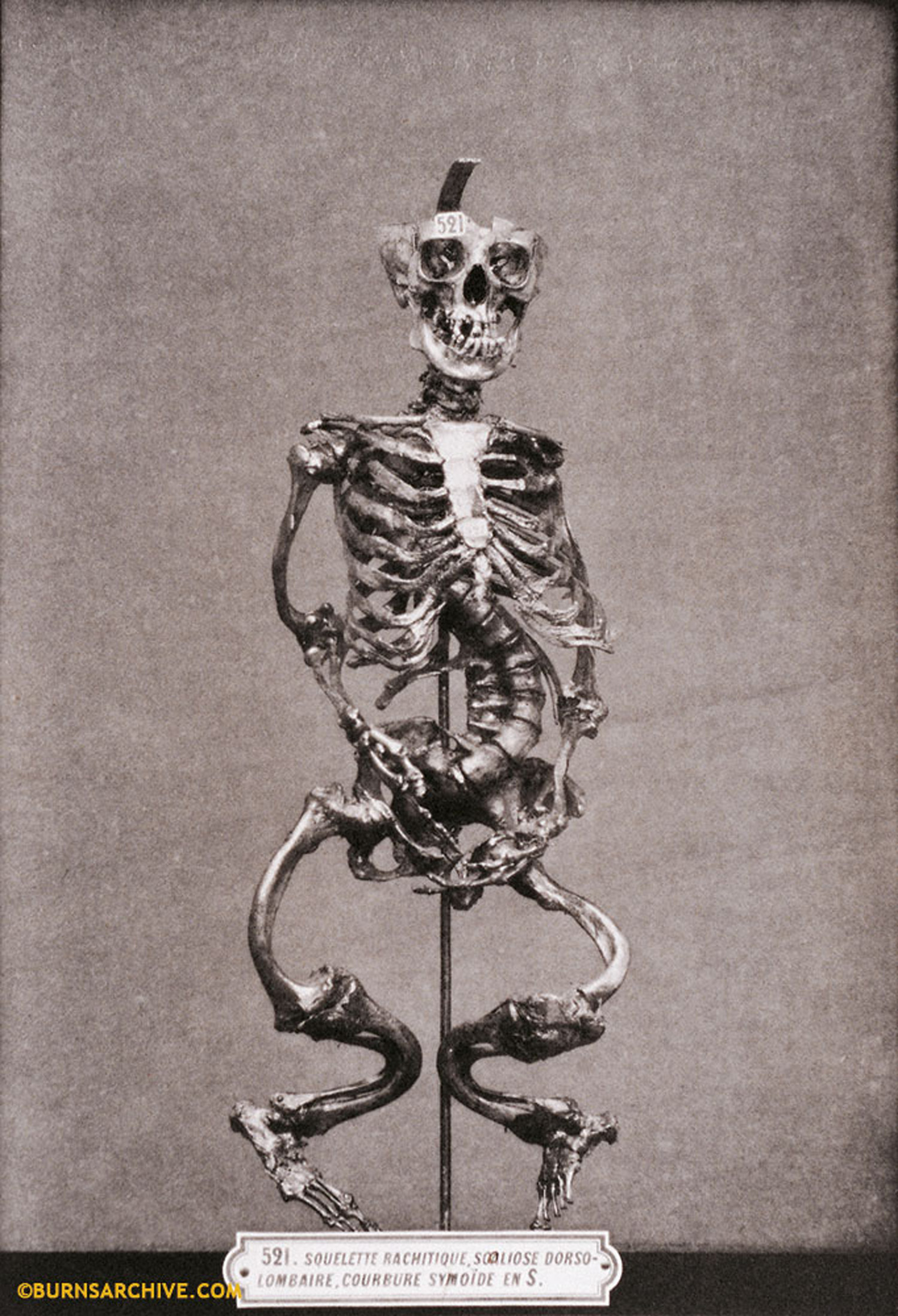

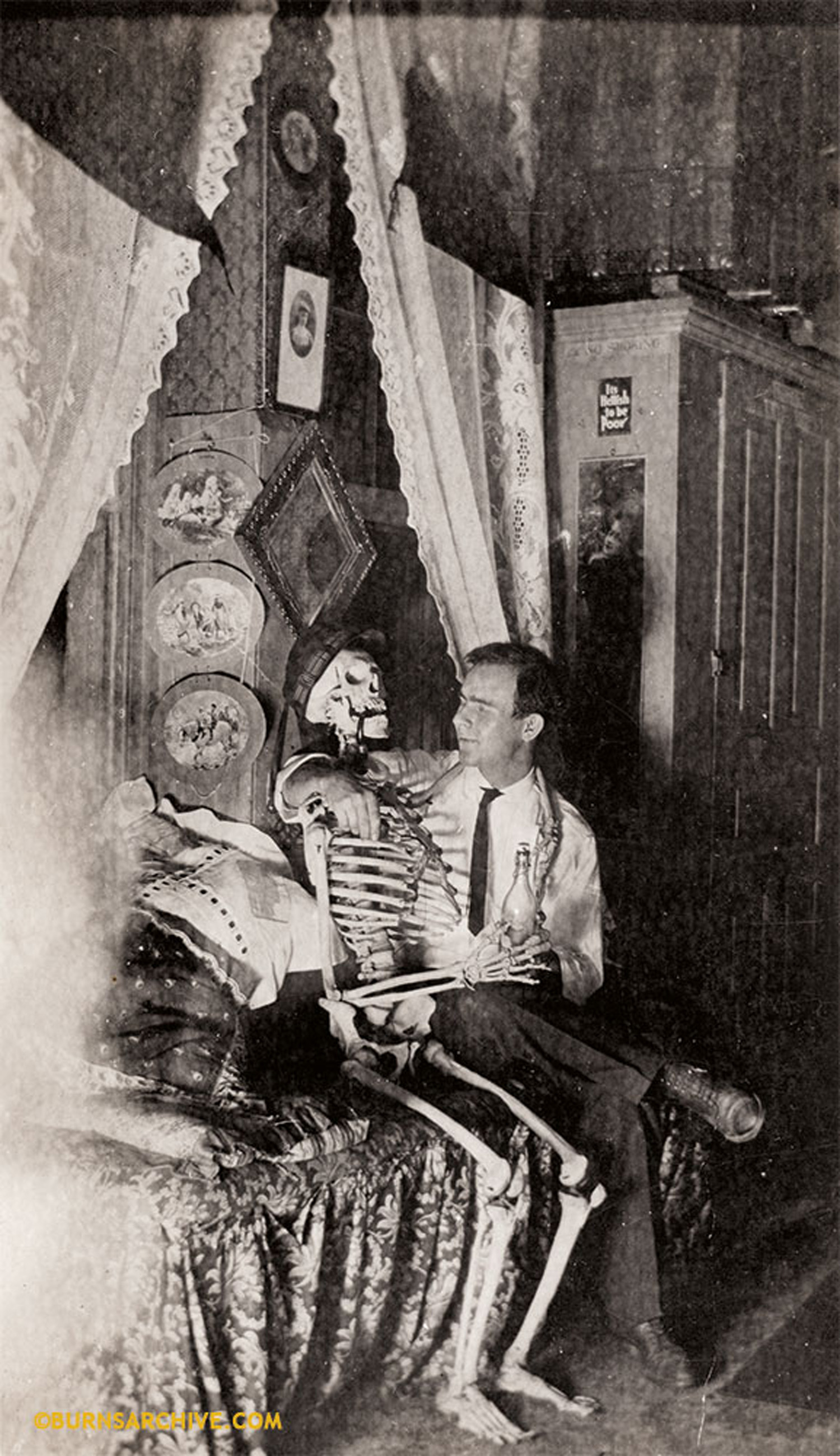

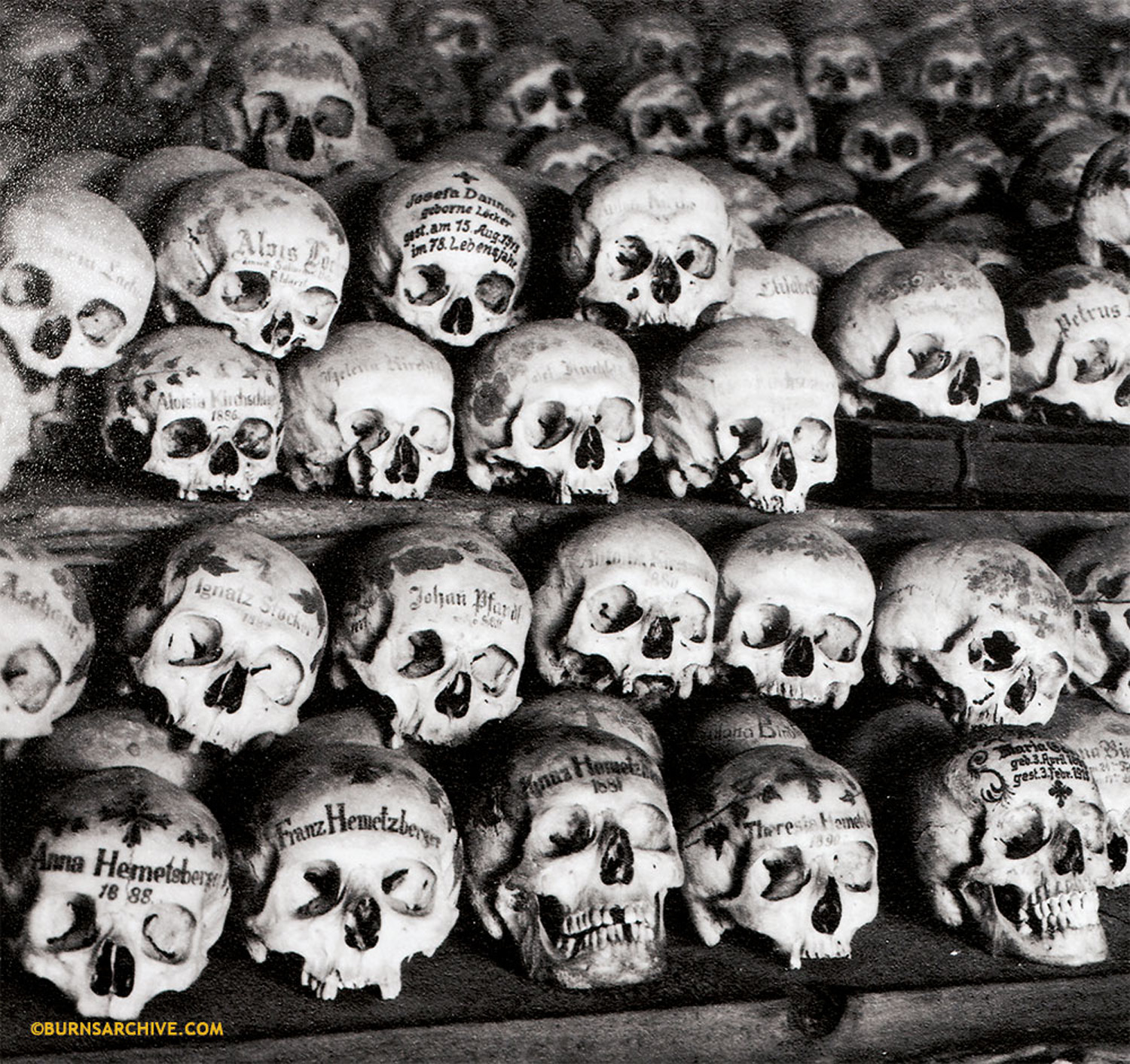
More Must-Reads from TIME
- Cybersecurity Experts Are Sounding the Alarm on DOGE
- Meet the 2025 Women of the Year
- The Harsh Truth About Disability Inclusion
- Why Do More Young Adults Have Cancer?
- Colman Domingo Leads With Radical Love
- How to Get Better at Doing Things Alone
- Michelle Zauner Stares Down the Darkness
Contact us at letters@time.com